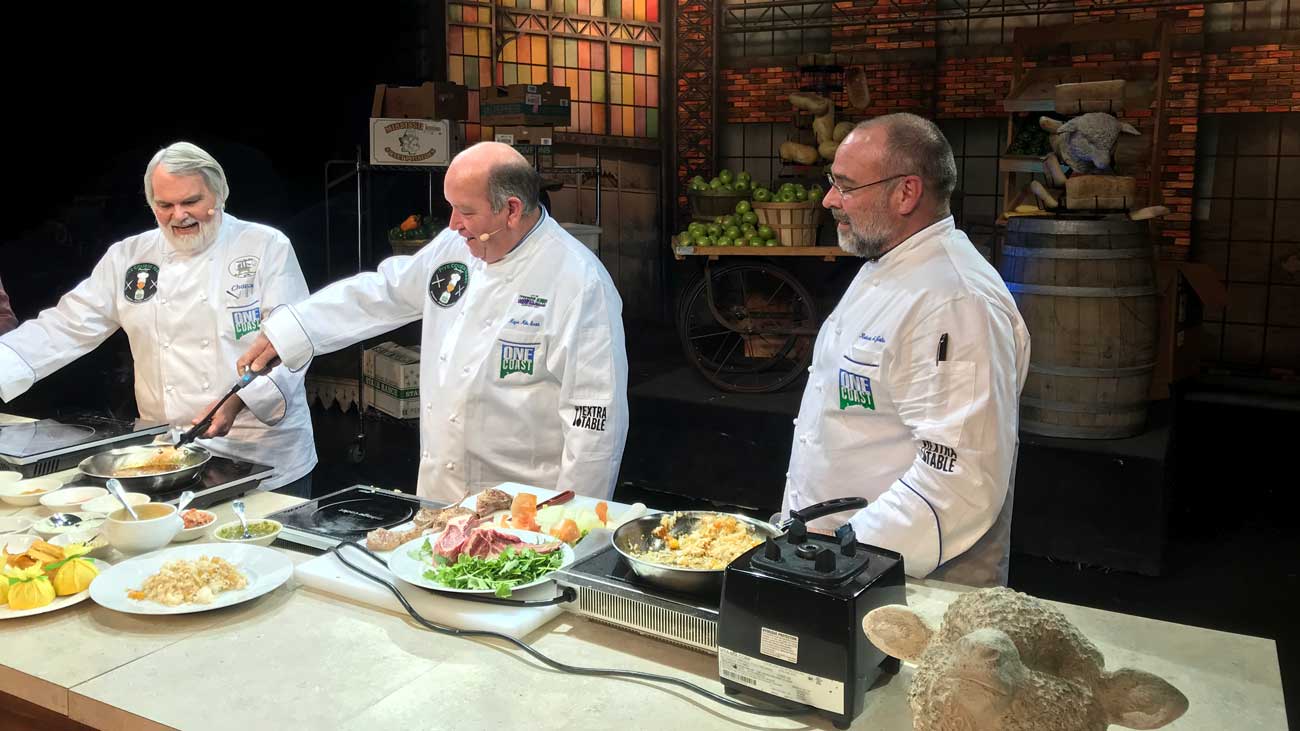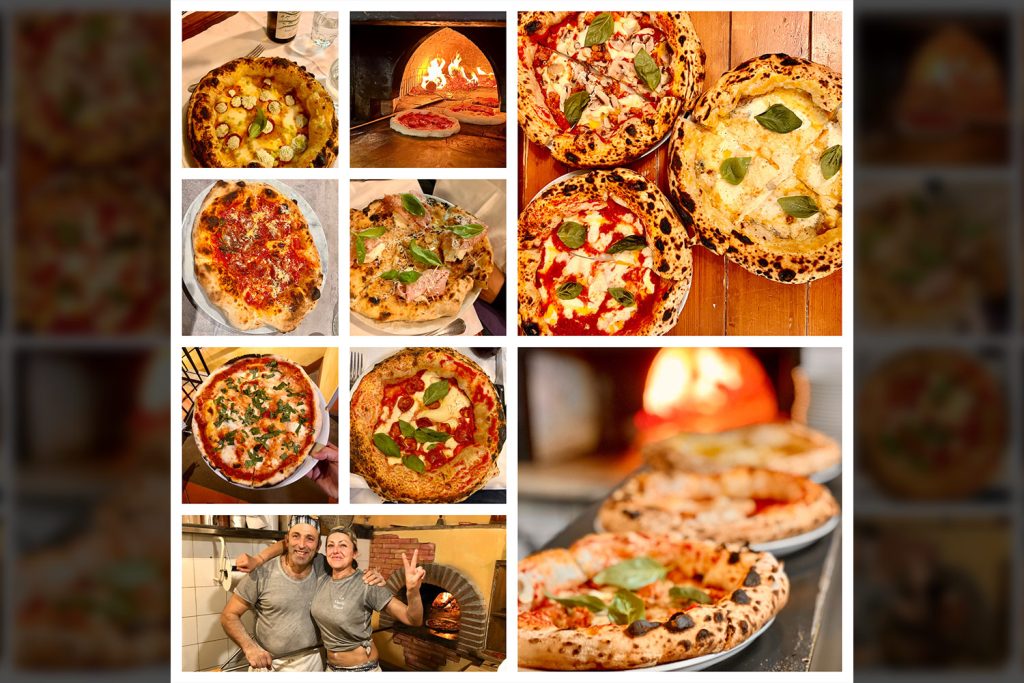In 1999, I received a telephone call from the local newspaper, The Hattiesburg American. They asked if I would be interested in writing a weekly column focused on food. I said, “No, thank you.” They pressed. I held firm. They kept pressing. Finally, after exhausting my long list of excuses as to why I couldn’t write a weekly column, I capitulated.
The column was bad at first. Seriously, it was really, really bad (some might argue that nothing has changed). It was so bad that I look back and wonder how the newspaper kept running it.
A funny thing happened though. I developed a passion for writing. It has been my experience that success follows passion. Eventually, I began to get the hang of it, readership grew, the response was overwhelmingly positive, and other newspapers began running the column. Now, 17 years later, I’m in a couple of dozen newspapers each week.
I love writing this column and have never missed a week.
Just as I never intended to be a columnist, I never planned on being an author, either. Today, 10 books later, that happened, as well. After self-publishing a couple of books that sold well, I signed a three-book deal with Hyperion and published another book with Rutledge Hill. Though it’s the self-published books that are the focus of today’s column.
The first book, A Southern Palate, a collaboration with the South’s premier watercolorist and my best friend, Wyatt Waters, was an unplanned publishing phenomenon. It took everyone by surprise. We sold out of the 10,000-print run in three weeks. The second printing sold out in three months. It’s been crazy ever since.
Sometimes 10,000 books flying off of the shelves is not a good thing.
In 2002, when the first printing of the first book was released, I learned a valuable lesson in publishing: Proofread the manuscript. Then proofread it again. Once you have finished proofreading the manuscript for a third time, it should— once again— be proof read. And then, just for good measure, proofread it again. Then wake up the next morning and proofread.
That is the difference between a weekly column and something published in book form. Nothing seems quite as permanent as your words published in a bound volume. If I make a mistake in one of my columns, the newspaper can print a correction. To my knowledge, that has happened twice. Once a book is published, it’s there forever.
National publishers have published four of my books. Six have been self-published. Out of those six, there are three with errors that I will discuss today (other errors are for another day). All of my books haven’t been cookbooks, but unfortunately the books that contained errors were recipe books, and the errors were discovered in recipes.
Over the years I have learned that nothing quite surpasses the anger of someone who has gone to the grocery store, purchased ingredients, chopped, measured, and prepped those ingredients, cooked the recipe, and then found out that there is a flaw, and it’s the author’s fault. I have had several conversations with these people— in person, via email, and on the telephone. It ain’t pretty.
You know how mad you become when you order food from a restaurant or drive-through and get home and the order is incorrect? Multiply that by 10 for recipe-mistake anger.
The first book had a mistake in a seafood lasagna recipe. In the first edition the roux amount was way off. In transposing the roux recipe from restaurant-sized portions to home-kitchen scale, I somehow used the amount of butter and flour used for the restaurant portion size. The final recipe, for anyone who didn’t catch the mistake and prepared the dish, resulted in a thick paste and a lot of wasted seafood. That tends to make one angry. It’s understandable anger.
In my second cookbook, which was a collection of home-cooked recipes updated and re-imagined for modern tastes, the offending mistake was with an ingredient, not an amount.
People love macaroni and cheese. Most folks love homemade macaroni and cheese. Though no one likes macaroni and cheese made with condensed milk instead of evaporated milk. Yep, that happened.
The person who was typing all of my recipes mistakenly typed the word “condensed” instead of “evaporated. Yes, that “condensed.” The “condensed” that is usually preceded by the word “sweetened.” In the first printing of that book, I mistakenly instructed cooks to prepare macaroni and cheese with sweetened condensed milk instead of evaporated milk.
Angry adults having to throw away expensive seafood is one thing. Hoards of livid kids who were told that this version of their favorite dish was way better than the boxed variety purchased at a grocery store is an entirely different animal— an animal of lynch mob proportions.
My publisher did a great job of proofreading subsequent projects and all went smoothly until my Italian cookbook went to print. It’s probably my favorite— and best— book, another collaboration with Waters, and written during our stay in Italy.
I hired the same New York proofreader who had scoured my nationally published books to proof the Italian book. We both missed something
It would have been nice had I made the mistake in a recipe such as Izimino (squid, tomatoes, and Swiss chard), which will be rarely prepared. No, when I go down in flames, I go down big, with fireworks on the side and a sparkler in each hand. Unfortunately, the recipe mistake was in the marinara sauce— the most frequently used recipe in the book. To compound the mistake, it was with the amount of garlic in the recipe.
I had no clue. The printer sent me a dozen advance copies and I sent a few to members of the press in advance of the book’s release. Sherry Lucas, of The Clarion Ledger, called and said she would like to feature the book in an article she was writing. During the course of the interview she asked, “Is the marinara sauce supposed to have 1/2 cup of garlic?”
“What?” I replied.
“The marinara recipe lists 1/2 cup of garlic,” she said. “Is that correct?” I was floored and don’t remember anything that was said for the rest of the telephone conversation.
Here we go again, I thought. The book was already shipped and on its way to Hattiesburg. I got on the phone immediately and hired two of our restaurant employees— Jennifer and Nicole, both angels— to go through all 10,000 cookbooks and correct the recipe in pen, by hand. If you own a first edition of that book, you can see their dutiful handiwork on page 143. Subsequent printings were corrected.
Waters and I are currently working on our fourth collaboration— a book about food and culture in Mississippi. Rest assured that the proofreaders will be on high alert.
RSJ’s Marinara Sauce
1/4 cup Extra virgin olive oil
1 1/2 cups Diced yellow onion
1 cup Shredded carrot
2 Tbl Minced garlic
1 TB Dried basil
1/2 TB Dried oregano
3 ea. Bay leaf
2 TB Kosher salt
1 TB Fresh ground black pepper
3/4 tsp Crushed red pepper
1 – 6 oz. can Tomato paste
2 – 28 oz. cans San Marzano Italian whole peeled tomatoes, crushed by hand
2 cups Vegetable stock
1 TB Balsamic vinegar
Heat oil over medium heat. Add onions, carrots and garlic. Cook 10 minutes, stirring often.
Add basil, oregano, salt, black pepper, crushed red pepper and tomato paste. Cook 5-6 minutes, stirring frequently, to caramelize tomato paste.
Add canned tomatoes, stock and bay leaves. Simmer on low heat for 1 hour, stirring often.
Add balsamic vinegar and remove heat.
Yield: 1 gallon



